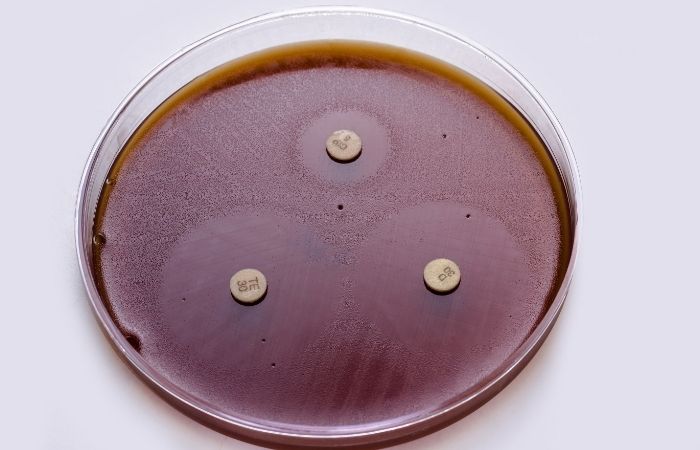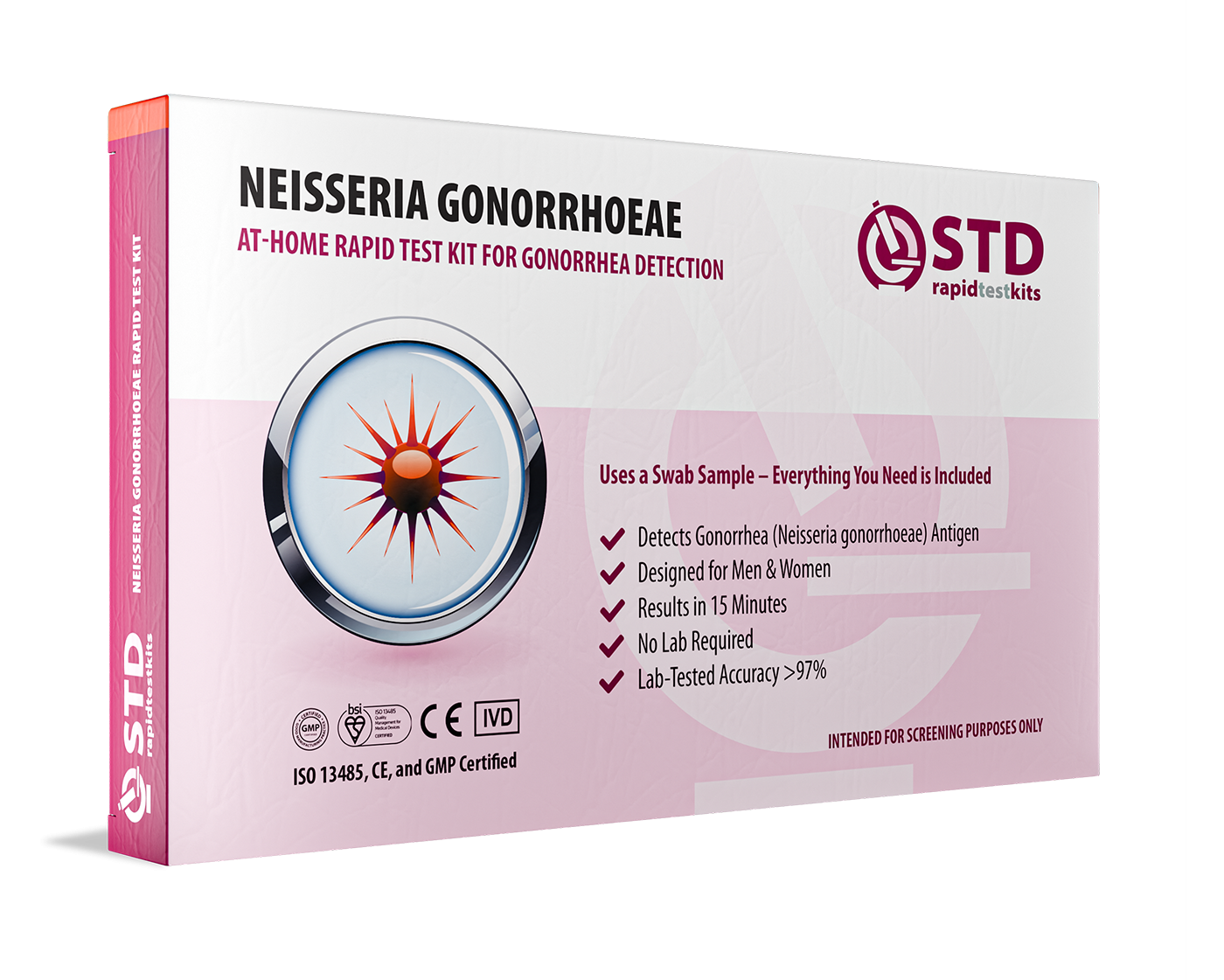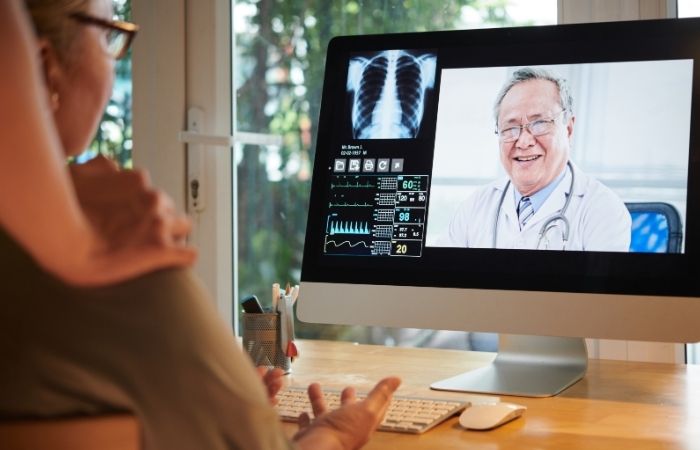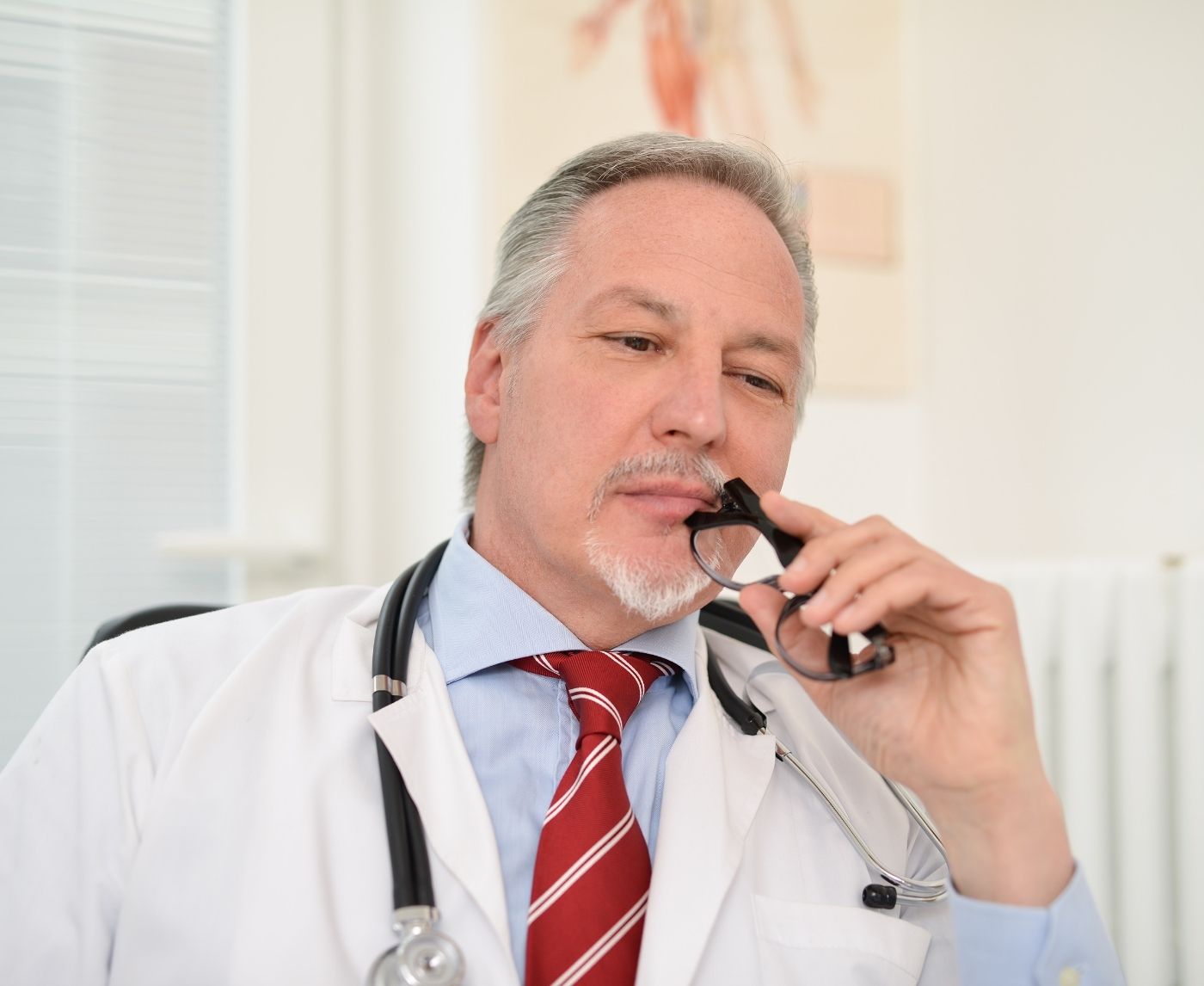The Superbug on Speed Dial: Why Gonorrhoea Won’t Wait
Picture an STI so impatient it can double its population every 60 minutes and swap resistance genes like trading cards. That’s gonorrhoea. In 2024 alone, Europe logged a 31 percent surge in reported cases, the biggest jump since routine surveillance began. The World Health Organization calls it a “high-priority” pathogen, warning that unchecked resistance could leave us with no reliable cures inside a decade. Unlike HIV, which usually requires blood-to-blood contact, gonorrhoea spreads through any unprotected oral, anal, or vaginal sex, often symptom-free. The result? A perfect storm where stealth transmission meets antibiotic exhaustion.

People Are Also Reading: Chlamydia and Gonorrhea: How Are They Different?
A Short History of an Infamously Adaptable STI
First came sulfa drugs in the 1930s, they worked for a few years before the bug bounced back. Penicillin, hailed as a miracle in the ’40s, lost potency by the ’70s. Fluoroquinolones flamed out in the 2000s. Today we rely on a hefty intramuscular shot of ceftriaxone, sometimes paired with azithromycin. Yet labs in the UK, Japan, and Australia have already cultured strains resistant to both. Every time we deploy a new drug, gonorrhoea’s genetic toolkit expands. Researchers have even identified a “penA 60.001” allele that renders several cephalosporins useless. If history is any guide, relying on a single antibiotic, or a single diagnostic, will leave us chasing a moving target.
How Resistance Happens Before Your Coffee Cools
Resistance often begins in the throat. Oral sex delivers tiny drug doses from past treatments that linger in saliva, giving bacteria a low-level antibiotic gym to bulk up. In straight and queer communities alike, untreated pharyngeal infections act as reservoirs where gonorrhoea practices new defensive moves. By the time an infection travels south to the genitals, where most people finally notice symptoms, the microbe may carry a full resistance playbook. Add global travel and dating-app culture, and the bug can circle the globe in the time it takes to finish your latte.
The Diagnostics Gap: Culture vs. Reality
Old-school culture tests, growing the bacteria on a petri dish, are the gold standard for spotting resistance, but they take up to 72 hours and require skilled lab techs many clinics don’t have. Most doctors now rely on NAATs (nucleic acid amplification tests). These detect gonorrhoea’s genetic material in as little as 90 minutes, yet they offer zero insight into which antibiotics will still work. That leaves clinicians prescribing the usual ceftriaxone shot by default, great if it works, disastrous if it fails. In parts of Southeast Asia where resistance is rampant, empirical treatment means trial-and-error therapy that fuels even more resistance.
Check Your STD Status in Minutes
Test at Home with RemediumGonorrhea Test Kit

 For Men & Women
For Men & Women Results in Minutes
Results in Minutes No Lab Needed
No Lab Needed Private & Discreet
Private & DiscreetOrder Now $33.99 $49.00
Rapid Point-of-Care Tests: Are We There Yet?
Imagine giving a sample and getting a “susceptible” or “resistant” readout before you even put your pants back on. Researchers in 2024 unveiled a culture-free AST that delivers results in under five hours, fast enough to guide same-day prescriptions. Early trials show >95 percent accuracy at predicting ceftriaxone efficacy. Still, cost and regulatory hurdles keep these devices mostly in research settings. Meanwhile, some at-home kits promise results within 20 minutes, but be cautious: many detect only the presence of gonorrhoea, not its resistance profile. Pairing rapid detection with a lab-verified mail-in AST could be the interim bridge we need.
At-Home Swabs: Convenience Meets Compliance
Mail-in swabs have democratized STI screening the way ride-shares upended taxis, cheap, quick, app-guided. Yet super-gonorrhoea exposes their Achilles’ heel: many kits still analyze only genital samples. If you caught the bug from unprotected oral sex, a urine test alone can miss the infection entirely. The fix is simple but often skipped, multi-site sampling. A proper kit now ships with three swabs: throat, rectum, and either vagina or urethra. When combined with a reflex culture on any positive sample, that single postage stamp becomes a full-stack diagnostic strategy.
Still worried about accuracy? Studies show modern NAATs on dry swabs hit over 95 percent sensitivity compared to clinic-collected ones. The real bottleneck is follow-through: fewer than 60 percent of at-home users seek treatment within two weeks of a positive result, often because they feel fine. That delay hands the bug another reproduction cycle, roughly 20 generations in just 14 days, to evolve new defenses. In short, swab today, treat tomorrow, not “next payday.”
Pro Tip: Many online pharmacies now bundle a prepaid Telehealth consult with every positive result. Use it. A same-day prescription backed by your lab data slows resistance for everyone, not just you.

People Are Also Reading: Got a Sore Throat? It Could Be Gonorrhea
Genome Surveillance: Big Data Gets Sexy
Every time a clinic sends a positive culture to a reference lab, a technician uploads its DNA sequence to databases like the WHO GASP network. Think of it as a global Tinder for microbes, matching each strain to its resistance genes and geotag. Epidemiologists can then watch a ceftriaxone-busting clone hop from Osaka to Ottawa in near-real time, and update local treatment guidelines before outbreaks explode. This is not theory: a 2024 cluster of XDR infections in England was traced and quarantined within weeks thanks to genomic breadcrumbs.
The hurdle? Only an estimated 12 percent of gonorrhoea cases worldwide ever reach this sequencing stage. Low-income regions, where antibiotics are sold over the counter, often lack the cold chain and cloud access required for such data dumps. Until genome surveillance is universal, resistant strains will continue to incubate in silence. Your role as a patient: demand culture and sequence when a first-line treatment fails. Every uploaded genome sharpens the global radar.
Gepotidacin and the Drug Pipeline Pressure Valve
The April 2025 phase-3 triumph of gepotidacin made headlines: a single oral dose cured 96 percent of uncomplicated infections, even some with decreased ceftriaxone sensitivity. But the euphoria hides a math problem. Big Pharma knows each new antibiotic’s commercial life is shrinking, resistance emerges faster than patents expire. That makes investors skittish, so fewer than half a dozen anti-gonococcal drugs are currently in clinical trials. Unless diagnostics can tell doctors exactly when to deploy these novel agents, we risk burning through them in record time.
Picture two timelines racing each other: one is bacterial evolution, the other R&D pipelines. Diagnostics are the traffic lights that control when new cars, our antibiotics, enter the highway. Without real-time AST, gepotidacin might be handed out like candy, and within five years we’re back to square zero. With smart tests, we can preserve its potency by reserving it for proven resistant strains.
Vaccines on the Horizon, But Don’t Pocket the Condoms Yet
A vaccine that cuts infection risk even 40 percent would reshape the battlefield. Early trials of a meningococcal B shot showed accidental cross-protection, spurring bespoke gonorrhoea-vaccine candidates now in phase 2. Optimists predict a commercial product by 2029. Yet vaccines historically work best in combo with robust surveillance, think HPV screening after Gardasil. For at least the next half decade, testing remains our first firewall. A shot in the arm won’t nullify throat swabs; it will simply lower the virus-like spread of resistant clones.
How Often Should You Test? Let Your Calendar (and Your Dating App) Decide
There’s no one-size-fits-all schedule, but here’s a reality check: if your number of new partners in the past six months matches the number of times you’ve opened your test kit, you’re doing great. For everyone else, consider this rule of thumb:
- Low risk: Monogamous, condom-consistent couples, test annually.
- Moderate risk: New monogamous relationship or occasional casual sex, test every three to six months.
- High risk: Multiple partners, condom lapse, or sex work, test every one to two months.
Remember, at-home STD test kits now cost less than a nightclub cover charge and take ten minutes to use. Regular screens shrink the window in which resistant strains can multiply and mutate. Testing isn’t just self-protection; it’s community defence.
Check Your STD Status in Minutes
Test at Home with Remedium7-in-1 STD Test Kit

 For Men & Women
For Men & Women Results in Minutes
Results in Minutes No Lab Needed
No Lab Needed Private & Discreet
Private & DiscreetOrder Now $129.00 $343.00
For all 7 tests
The Untold Costs of a Missed Diagnosis
Super-gonorrhoea isn’t merely a personal inconvenience; it’s a public-health budget buster. Even a single undiagnosed infection can catalyze a network outbreak requiring contact tracing, specialty antibiotics, and hospitalization for pelvic inflammatory disease or epididymitis. In the United States, direct medical costs for gonorrhoea already top $1 billion annually. Drug-resistant cases double the price tag, thanks to longer hospital stays and expensive last-line drugs. Multiply that by global hyper-connectedness, and the fiscal math echoes the pathogen’s biology: exponential.
Missed diagnoses also sabotage fertility. Up to 10 percent of infected women develop tubal scarring that may block future pregnancies. Men aren’t spared: chronic epididymitis can impair sperm motility. By catching an infection early with a rapid test, and confirming resistance status, you spare both your reproductive future and your healthcare system’s wallet.
Ceftriaxone Failures: Real Stories, Real Lessons
Consider “Aaron,” a 28-year-old in Melbourne who received the standard 500 mg shot after a urethral swab came back positive. Symptoms vanished for a week, then roared back. A culture revealed an extensively drug-resistant strain carrying the penA 60.001 allele. Only after a cascade of IV ertapenem and oral sitafloxacin did the infection clear. Aaron’s tale isn’t rare. UK researchers tracked 11 similar blow-backs in 2024 alone. Each case underscores why empirical treatment without susceptibility data is high-stakes roulette.
Lesson? If your symptoms return post-treatment, demand a culture and genomic workup. And if your clinic can’t provide one, order a mail-in kit that forwards positive samples to a partner lab for AST. Your body isn’t a beta test site.
The Future of “Test and Treat” Campaigns
Public-health agencies increasingly push “test and treat” as a one-visit loop: screen the patient, prescribe on the spot. Super-gonorrhoea complicates this model by demanding an extra loop, “test, analyze, treat.” Rapid AST devices promise to keep visits streamlined: swab at check-in, socialize in the waiting room, receive targeted meds before checkout. Pilot programs in Toronto and Bangkok have cut loss-to-follow-up rates by 40 percent and slashed unnecessary dual-antibiotic prescriptions by half.
Until such tech scales, modified protocols advise treating with ceftriaxone, then recalling patients if AST flags resistance. That reactive approach buys time but still risks transmission in the interim. Your role? Opt-in for follow-up calls and abstain from sex until cultures confirm clearance. It’s not prudish; it’s practical.
Digital Sex Health: Apps, Alerts, and the Super-Gonorrhoea Early-Warning System
Remember when period-tracking apps revolutionized reproductive awareness? STI-tracking apps are next. Imagine a push notification saying, “Drug-resistant gonorrhoea cluster detected in your city, test recommended.” Several startups already integrate anonymous QR-coded lab results, letting partners verify clearance pre-date. In 2025, New Zealand’s health ministry began piloting such an app, and early data show a 22 percent uptick in proactive testing within affected areas.
Privacy remains the elephant in the room. But when the choice is silent spread or encrypted transparency, more users opt for the latter, especially if the app bundles discreet home-test ordering and same-day prescription delivery. Super-gonorrhoea may be fast, but informed humans can be faster.

People Are Also Reading: Super Gonorrhea Is Spreading. Are You at Risk?
FAQs
1. Does super-gonorrhoea show different symptoms?
Mostly no. It mimics regular gonorrhoea, discharge, burning urination, or no symptoms at all. The difference shows up when treatment fails.
2. Can I catch super-gonorrhoea from oral sex?
Yes. The throat is a prime breeding ground for resistant strains, and transmission requires no ejaculation.
3. Will condoms fully protect me?
They drop your risk dramatically but don’t cover areas like the throat. Combined with regular testing, they’re your best defense.
4. Is there an at-home test that detects resistance?
A few mail-in kits reflex to lab-based AST, but no true point-of-care resistance test is yet FDA-cleared for home use.
5. How soon after exposure should I test?
NAATs can detect infections as early as 3 days post-contact, but waiting 7 days ensures higher accuracy.
6. Does ceftriaxone still work?
In most regions, yes, but resistance pockets exist. Follow-up cultures are crucial if symptoms persist.
7. What happens if treatment fails?
Your clinician may prescribe newer or combination antibiotics and will likely send a culture for AST and genome sequencing.
8. Can I test too often?
No. Frequent testing helps catch asymptomatic infections early and doesn’t harm your body.
9. Do natural remedies help?
There’s zero clinical evidence that garlic, apple-cider vinegar, or herbal teas cure gonorrhoea. Stick to evidence-based medicine.
10. Is there a vaccine yet?
Not yet, but phase-2 trials are underway. Best-case scenario: partial-protection vaccines hit pharmacies around 2029.
Your Swab, Your Superpower
Super-gonorrhoea thrives on complacency. Diagnostics, whether a throat swab in a clinic or a mail-in kit dropped in a curbside mailbox, are the linchpin between personal health and public resistance control. While drug developers race against mutating genes, you control the variable that matters most today: detection. Swab early, swab often, and act on the results. In the battle against a pathogen that rewrites its own rulebook every few months, knowledge isn’t just power, it’s prevention.
Sources
1. World Health Organization – GASP Portal
2. Centers for Disease Control and Prevention – Drug-Resistant Gonorrhoea
3. European Centre for Disease Prevention and Control – Gonorrhoea










